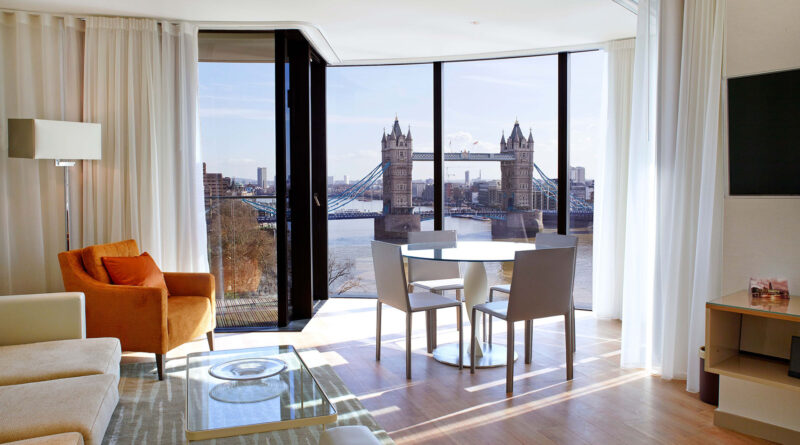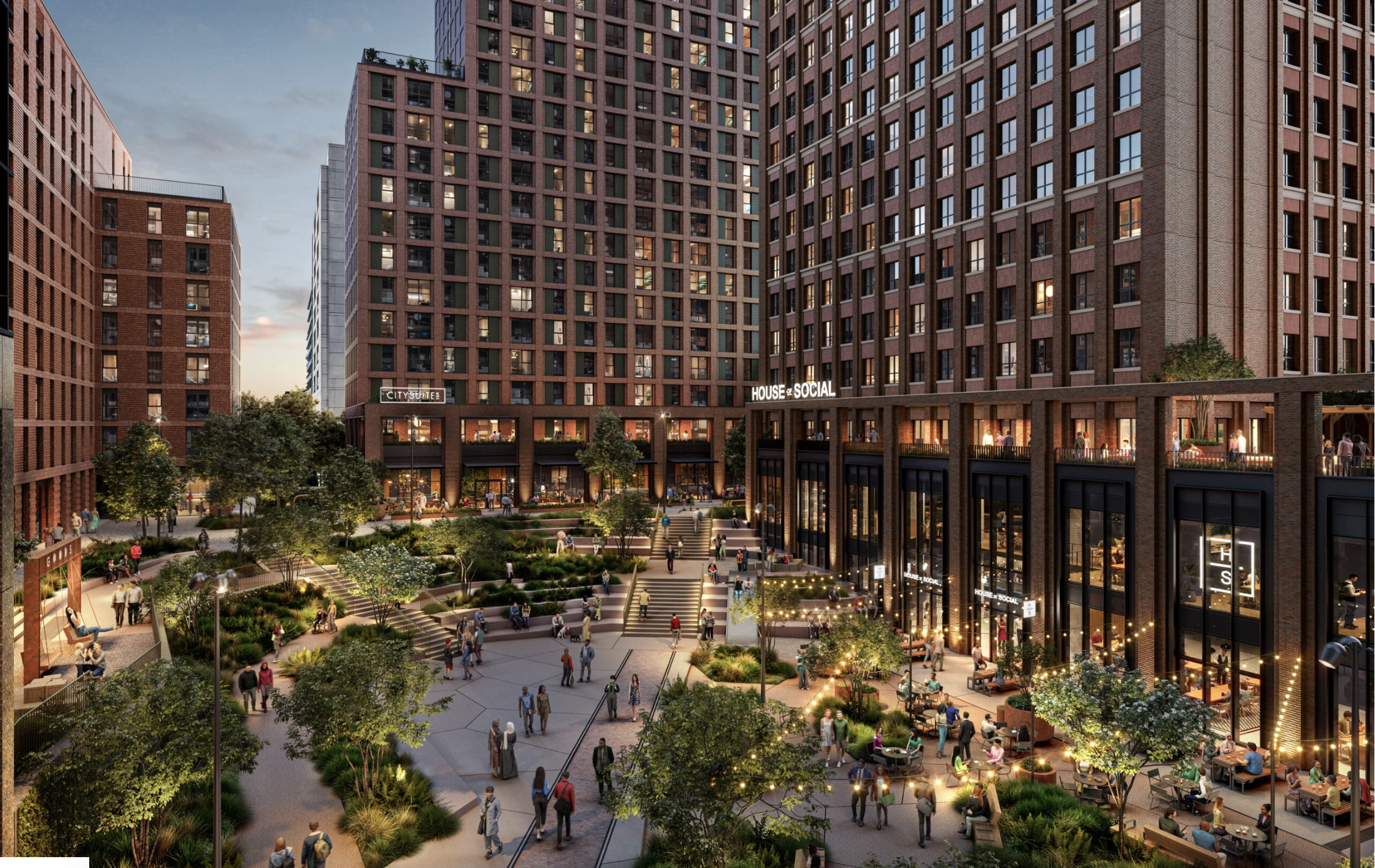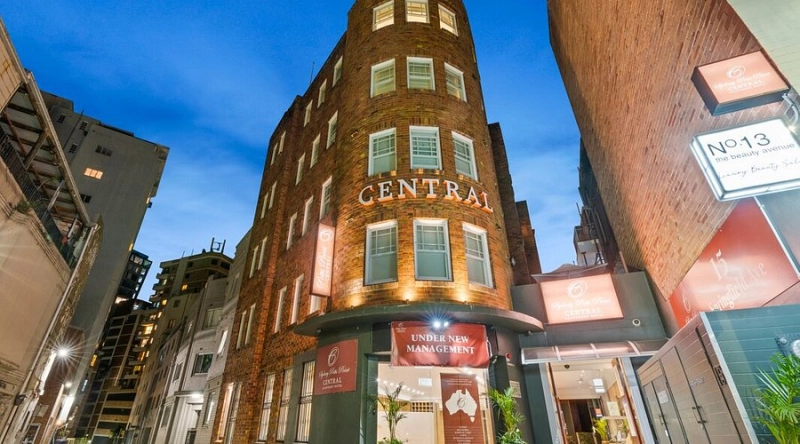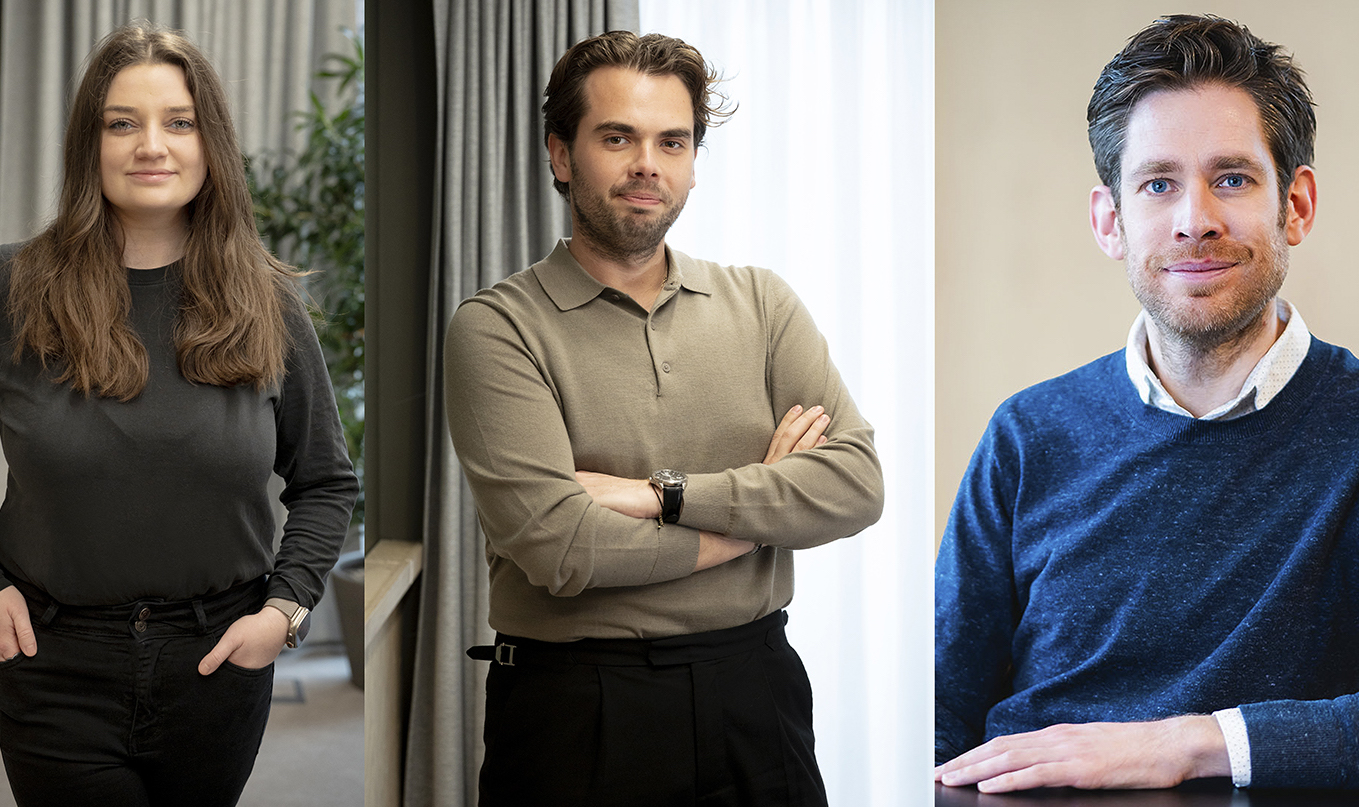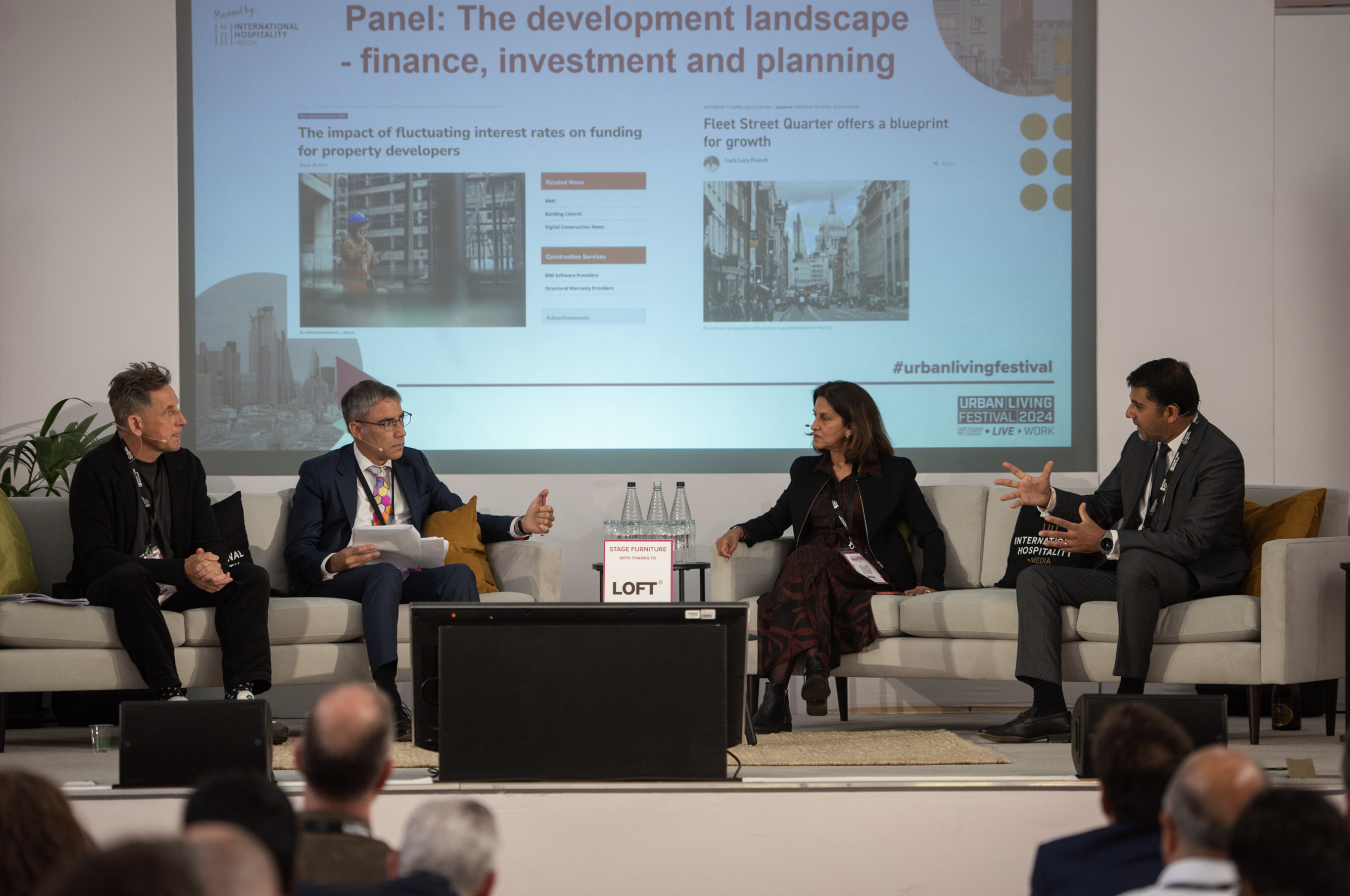Daniel Johansson, director of development and acquisitions at Cheval Collection, looks at what the BTR sector can learn from hospitality, and why it might not be what you think.
We have seen a blurring between hospitality and other operational asset classes in recent years, with more and more services being offered in sectors such as coliving, BTR and PBSA, where experience trumps any other aspect of the offering – even the room size.
It is now possible to rent a flat where you can have weekly yoga, a film night and a pottery class, all without leaving the building. And to deliver all this effectively, we have seen members of the BTR sector hiring from hospitality to deliver that service which runs deep throughout our culture.
And at Cheval Collection we of course support this. For example, back of house shouldn’t be an afterthought, you should be planning it right from the start of your development and making sure that it’s properly functional. If you’re looking after your staff, you’re looking after your guests or tenants. Happy staff means happy guests – which is also why guests come back and are prepared to pay that bit more.
Of our 65 staff at our headquarters, pretty much all of us have a background in hotels, but we focus 100 per cent on serviced apartments/aparthotels, and at the same time, we are close to BTR as we have a proportion of long stay guests. Cheval started more than 40 years ago and initially as a property company building up a portfolio of retail, offices, hotels and serviced apartments, combining both short and long stay. The opco today is Cheval Collection under which we have three defined brands, and our growth is through management agreements.
For us serviced apartments are just not long stay – we have had guests for 15 years, but we also have stays of one or two nights. Our newest brand, MY Locanda, is more transient and more of an aparthotel, and one of the earlier sites we reviewed was originally planned to be a BTR scheme. The difference was that we activated the public areas, creating open spaces that create atmosphere for the guest, but are also revenue generating.
It is this ability to be able to look at a space and thinking about the revenue per square metre which sets us apart from the BTR sector, as much as our ability to deliver warm and welcoming service.
The hotel sector has also developed a standardisation and accountability to its operations which is not known in the BTR sector. There is no uniform system of accounting and no benchmarking in the BTR sector, whereas anyone reading this from the hotel market will know that no conference is complete without presentations from STR and HotStats laying out the health of the industry.
Without benchmarking we would find it challenging to create realistic feasibility studies to present to our investors. We also follow USALI for our accounting. There are many tools you use to maximise your property and an array of different software, from revenue management to forecasting and to report maintenance issues, all which help you hone your operations and create profitable properties.
Enhancing this are our brands, which the hospitality sector has also developed an expertise in. A brand is more than just an emotional connection point for a guest – although we are thrilled when we achieve this – it is a route to financing.
A credible brand informs a bank that there is a level of discipline, that the product is viable, that action will be taken to prevent under performance. There is huge reassurance to a brand which is certainly harder to achieve with a standalone project.
This is why we are in talks with developers and investors around the world who are drawn to that heritage, that experience not only as operators, but as owners. The brand tells the guest a story, but it also tells one to the owner.
This is being played out in the branded residential sector, which is adopting hospitality brands at a great pace, drawn to the premium that they can offer and the extra selling power they bring through their readymade list of customers in the form of previous guests.
The branded residence can lean on the operations of the wider property, using the F&B, the concierge, other facilities and the developers can enjoy the halo effect of the brand and the service enchantments they can operate owners, all of which drives satisfaction and revenue.
So yes, we’re proud that we have something to teach other sectors about how to deliver service. But what we can offer in terms of operations, benchmarking, using tech and the all-important branding is just as important to maximise the potential of your property.


